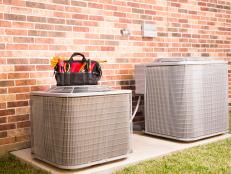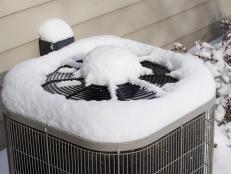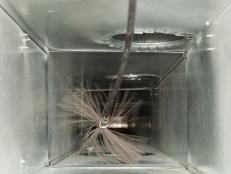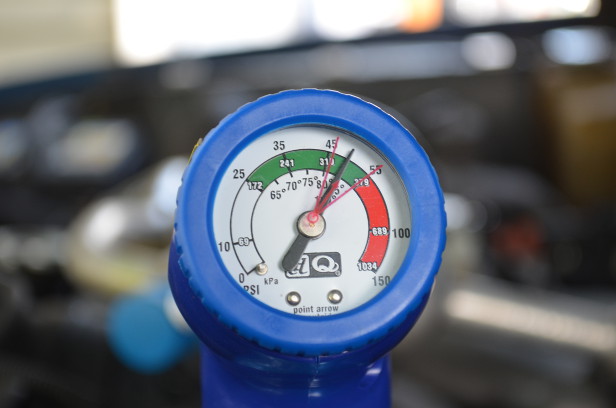Ventilation and Indoor Air Quality
According to the U.S. Environmental Protection Agency, indoor air quality is four to five times worse than outdoor air quality. To achieve and maintain healthy indoor air in a home, it's critical to constantly remove polluted air and introduce fresh air.
Indoor air has many sources of pollution: pets; off-gassing of building materials such as cabinets, carpeting and adhesives; everyday activities such as cooking and bathing; and remodeling projects such as sanding, painting and furniture refinishing. Outdoor pollutants near the home and pollution moving through the HVAC system can cause indoor buildup of bacteria, mold spores, pollen and dust. In some climates, inside and outside humidity levels may cause mildew or excessive condensation problems.
Airtight homes, though energy-efficient, tend to have poor indoor air quality because polluted air doesn't escape and fresh air isn't introduced. Here are some basic ventilation options for improving indoor air:
- Open windows and doors. This no-cost option helps to remove polluted air and introduce fresh air.
- Operate attic fans, window fans or window air conditioners with the vent control open.
- Install and operate kitchen and bathroom exhaust fans that vent outdoors (often required by code). These work well to remove contaminants localized in the kitchen and bath. They don't introduce fresh air, though, and they can depressurize the home, which pulls unconditioned outdoor air in through cracks around doors and windows and can cause backdrafting of unsealed combustion appliances.
- Install semicontrolled ventilation. This system includes a return duct to connect outdoor air with the central return and an exhaust fan to remove indoor pollutants. With this approach, it's important to seal all ducts to keep unwanted toxic fumes from entering the return ducts and being circulated throughout the home. This is especially true in the basement, where paint, fertilizers and other sources of household chemicals are often stored.
Advanced Ventilation Options
Probably the most effective type of ventilation for a home is a mechanical, ducted, whole-house system that provides a steady supply of fresh, filtered, conditioned air from the outside while exhausting stale interior air. Because the same amount of air is drawn into the home as is exhausted, the pressure within the home remains balanced, which helps prevent backdrafting of combustion appliances. Mechanical ventilation systems can automatically maintain 0.35 air changes per hour, the rate usually recommended to maintain good air quality. Many sizes and configurations of mechanical ventilation are available. The most robust system includes filtering, pre-conditioning and booster fans. Here's a look at each feature:
- Filtering. Fresh air passes through filters as it enters the system. This helps control contaminants that would otherwise recirculate through the home. In some cases, homeowners need to clean or replace filters periodically.
- Preconditioning. A heat recovery ventilator (HRV) uses heat exchangers to recapture 60 percent to 80 percent of the conditioned temperatures from the outgoing air to heat or cool incoming fresh air. Incoming and outgoing airflows pass through different sides of the unit but are not mixed, allowing conditioned exhaust air to raise or lower the temperature of incoming fresh air without contaminating it. In climates with extreme differences between indoor and outdoor humidity, energy-recovery ventilators (ERVs) are recommended over HRVs because ERVs also exchange moisture between the two airstreams to control humidity. In hot, humid climates, ERVs are critical for drying out incoming fresh air; in cold, heating-dominated climates, ERVs can help hold in what little humidity may be indoors to control wintertime window condensation.
- Booster fans. Small, separately switched booster fans can be located in bathrooms and kitchens to control moisture or heat generated by showering and cooking. Odors and pollutants are quickly removed, while the energy used to condition the air is recovered through the HRV/ERV. Some codes may still require stoves to be separately vented to remove grease or gas fumes.
The biggest drawback to installing mechanical ventilation is the higher upfront cost to homeowners. Homeowners must also understand the additional mechanical complexities of the systems, and be responsible for maintenance, particularly in systems with filters.









































